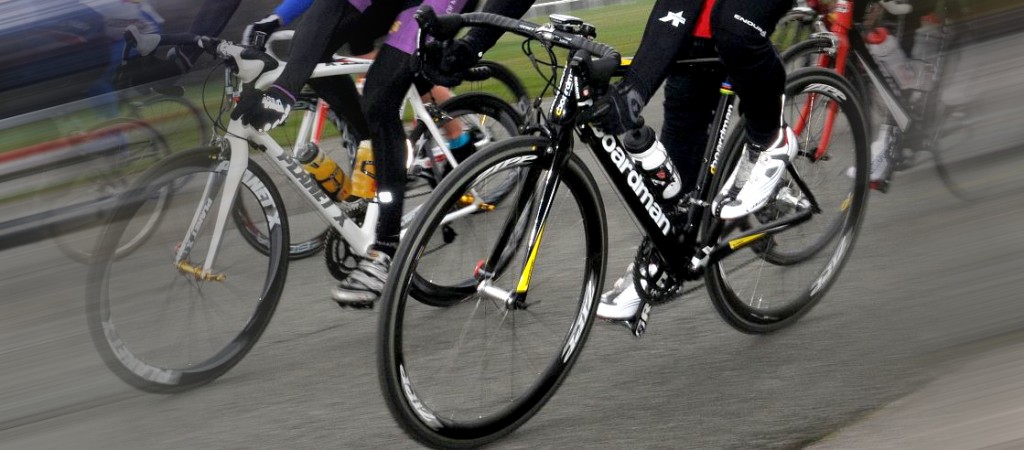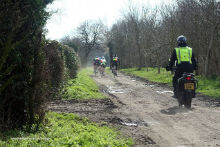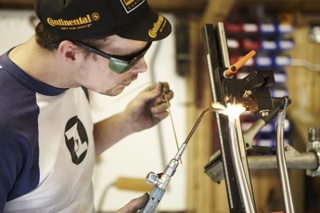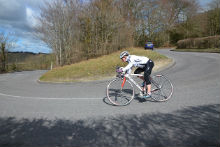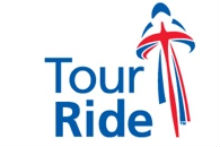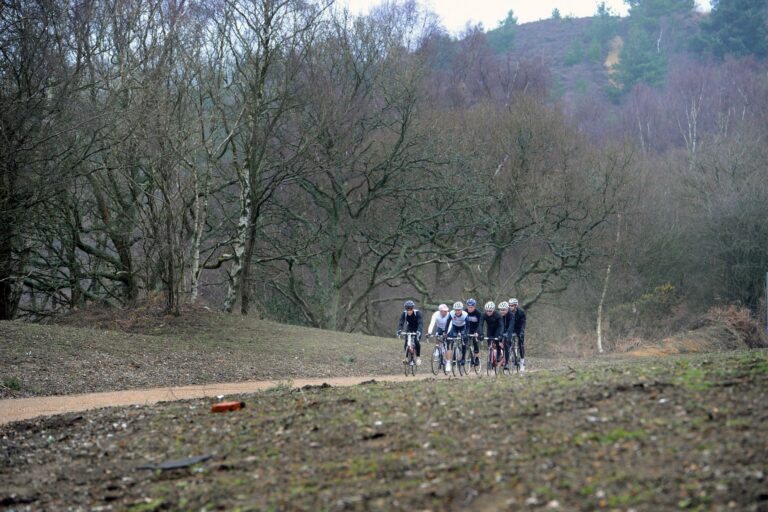
- Pic: British Cycling
Increasing power output is an essential part of becoming a better rider. But you don’t have to have an expensive power meter to be able to do it. Here’s how you can increase the watts without decreasing the bank balance.
A few years ago, when heart rate monitors first appeared on the market, many cyclists were convinced that sticking one on your bars would instantly make you the next Greg LeMond. These initial HRMs were expensive and those riders who couldn’t afford them instantly felt inferior to those who could, believing themselves to be seriously disadvantaged.
Many years later, with the advent of power measuring devices, many riders feel we’re going the same way. Formerly the sole preserve of pros and testing labs, bike-mounted power meters are now available at far less cost and have become de rigueur for the ‘serious’ rider. Once again, the belief is that attaching one to your bike instantly adds on a number of watts thus making you a faster rider while those who have them are, by proxy, ‘better’ riders.
Dispelling the myth
So let’s start by dispelling that myth and understand from the outset that, in both cases, whether it be heart rate monitors or power meters, simply adding one to your bike and looking at the numbers is not going to make you a better rider. They are just tools for measuring your intensity and nothing more.
Many great wins in the spring classics or the Tour de France were achieved long before the advent of such devices and I guarantee you that on any given weekend a vast number of race wins the world over will be achieved by riders who don’t train with power meters, often ahead of those who do. Quite simply, it’s what you do with the data that counts, or in old-fashioned parlance; “You still have to turn the pedals and you still have to put the hours in.”
Where HRMs and power meters do give you an advantage is in the accuracy with which you measure your intensity. As you’ve seen from our previous Training For Results articles, the optimum way to train is to measure your current level of performance and progressively overload your training in order to see ‘adaptations’ or improvements. It therefore follows that the greater the accuracy with which you can measure your training intensity at all levels of this process, the more effectively you can make progress on it and improve your performance.
RPE
Before the advent of affordable technology, riders simply had to rely on RPE or Rate of Perceived Exertion. Put simply this was an estimation of how hard training felt at the time. Along came heart rate monitors and suddenly we had a good measure of how our bodies were responding to the effort we were making because the number of times our heart beat every minute increased or decreased to reflect how hard we were working. Finally, power meters took things to a whole new level again with a more accurate measure of how hard we were actually working, by measuring power in watts. Put simply this was a very dependable measure of how hard we were pushing on the pedals
As long as riders with these new technologies had a rudimentary understanding of what the recorded data actually meant, they could use it to better inform their training. They weren’t better riders, their advantage was simply that they had better data to work with and that data was primarily a more accurate and dependable measure of intensity.
So a power meter tells you how hard you are pushing on the pedals and your heart rate monitor tells you how hard your body has to work in order to do it, which is a formidable partnership when it comes to training. As stated at the start of this article, increasing your power output is important for improved performance.
How far, how fast
The number of watts you produce in relation to your bodyweight greatly determines how fast and how far you go. So riders weighing 150lbs and capable of producing 300w for 20 minutes are going to travel faster if they train themselves to produce 310w for 20 minutes if all other factors remain the same. If they can measure the power output in training, they can improve on it by applying the principles of conditioning we’ve looked at in this series.
This is where power meters come in and you’re probably thinking to yourself; “I can’t afford a power meter so that’s me out of the picture.” But it’s not; far from it. Because you can quite readily improve your power by using a system of measurement available to all cyclists without the need to spend a single penny, and that’s your cadence or pedalling speed.
The simple fact is that, if you turn gear ‘A’ at 90rpm for 5 minutes, then turn gear ‘B’, which is one down the cassette and therefore a bit harder, again at 90rpm for 5 minutes in the same riding conditions, simple physics will tell you that you created more power pushing gear (B) than you did pushing gear (A). The only difference between that and using a power meter is that you don’t know categorically how much power you’re producing. But that’s not as important as the fact that, using your cadence and your gears, you have the ability to do measurable, progressively harder intervals that each produce more power than the previous one. And that, my friends, means overload and progression are open to you in exactly the same way as they are open to a rider looking at a power meter.
No excuse
Now I know someone out there is going to say; “Yeah but I’ve only got a single speed, so that’s me out of the picture.” Well, I’m sorry, [no you’re not – ed.] but you’re not excused PE either. Simply put, if you turn the pedals in that single gear you have 90 times in one minute, then turn them 100 times in the next minute, you’ve produced more power in minute two than you did in minute one. So again, using cadence means that overload and progression are available to you and you can improve your power with structured training. Suddenly, cadence is the new power right?
So you have two methods to create progressively greater power in measurable intervals:
A) Use the same gear at higher cadences
B) Use the same cadence in increasingly harder gears.
And in applying these two methods to your training, you can develop just about any training session specific to your goals.
In the next article that’s exactly what we’ll do, by giving you some examples of training sessions that develop power for short-, medium- and long-duration events as well as various aspects of riding that take place within these events. Whether it’s improvements in sustained power for climbing efficiency in hilly sportives, short-term maximal power for sprinting at the end of road races or threshold power for 25 mile TTs you’re looking for, we can use cadence to create training sessions that improve power in all these areas. No power meter? No problem.
About the author:
Huw Williams is a British Cycling Level 3 road and time trial coach. He has raced on and off road all over the world and completed all the major European sportives. He has written training and fitness articles for a wide number of UK and international cycling publications and websites and as head of La Fuga Performance, coaches a number of riders from enthusiastic novices to national standard racers.
Contact: [email protected]

